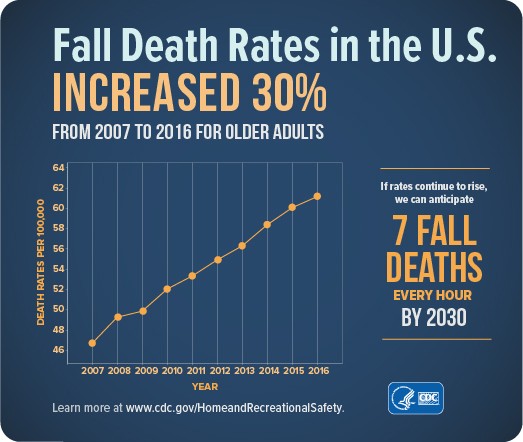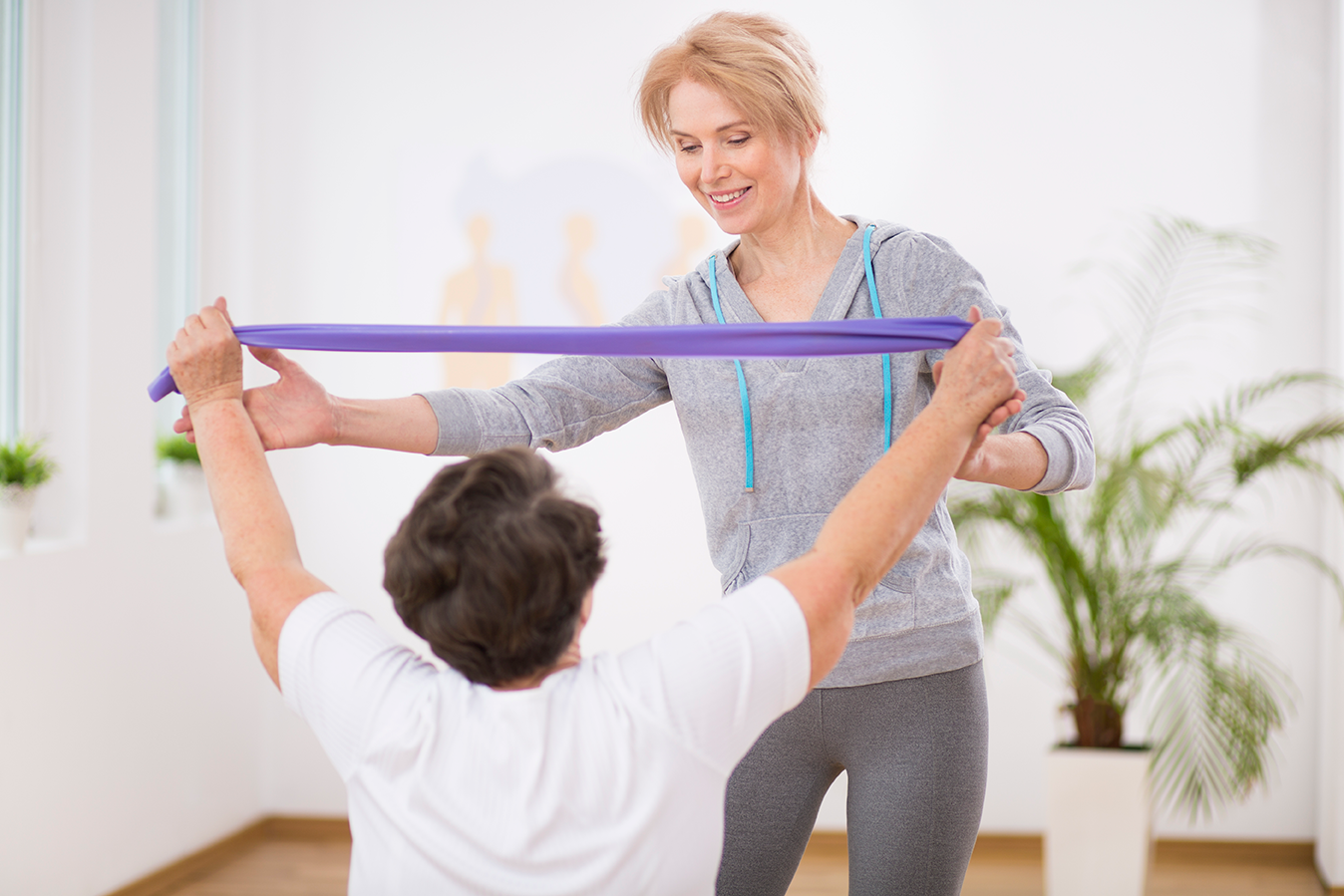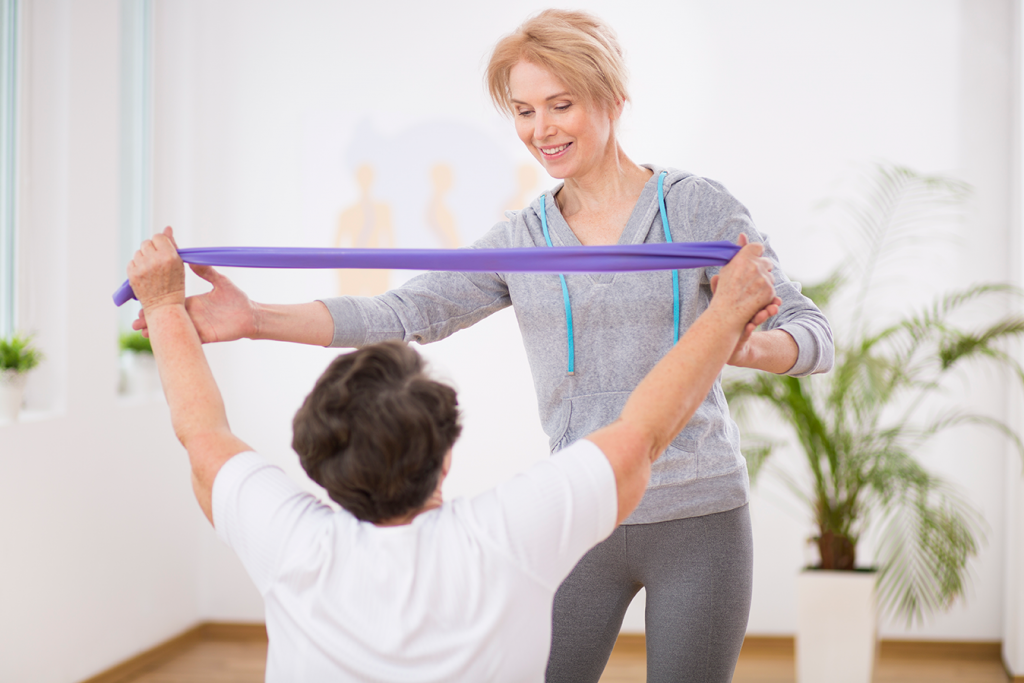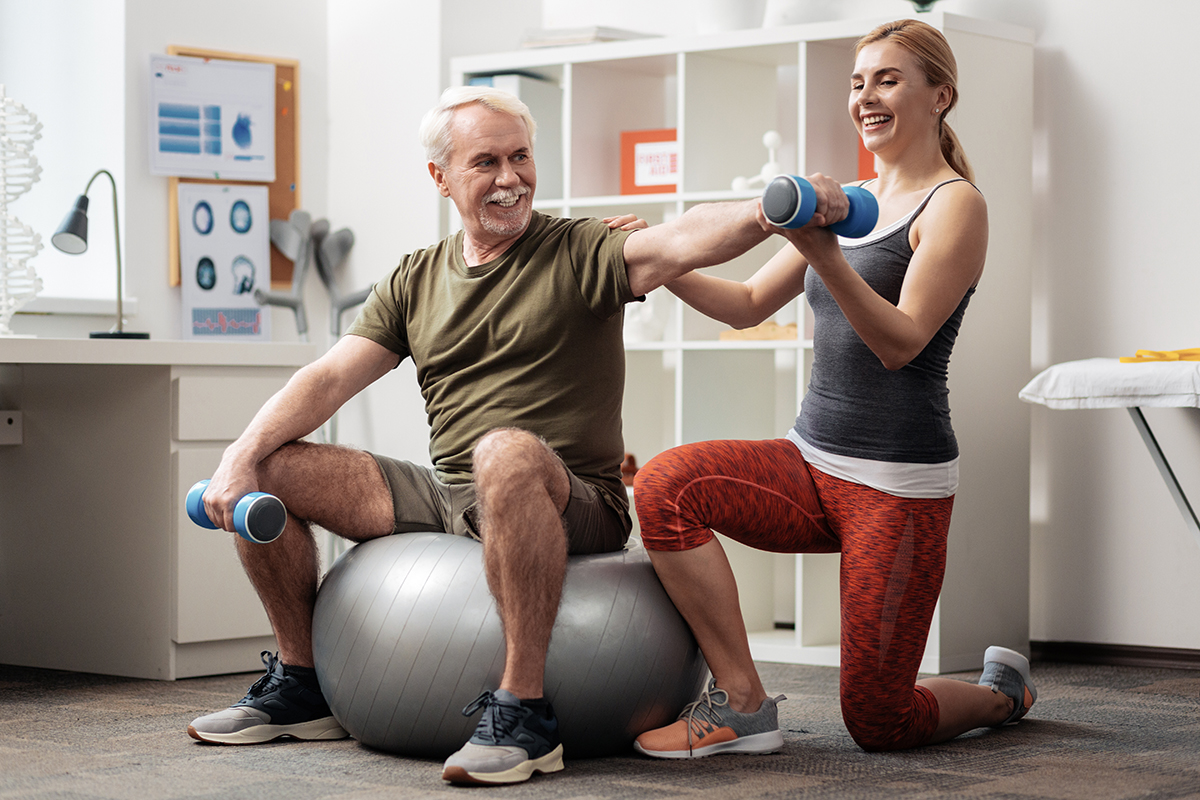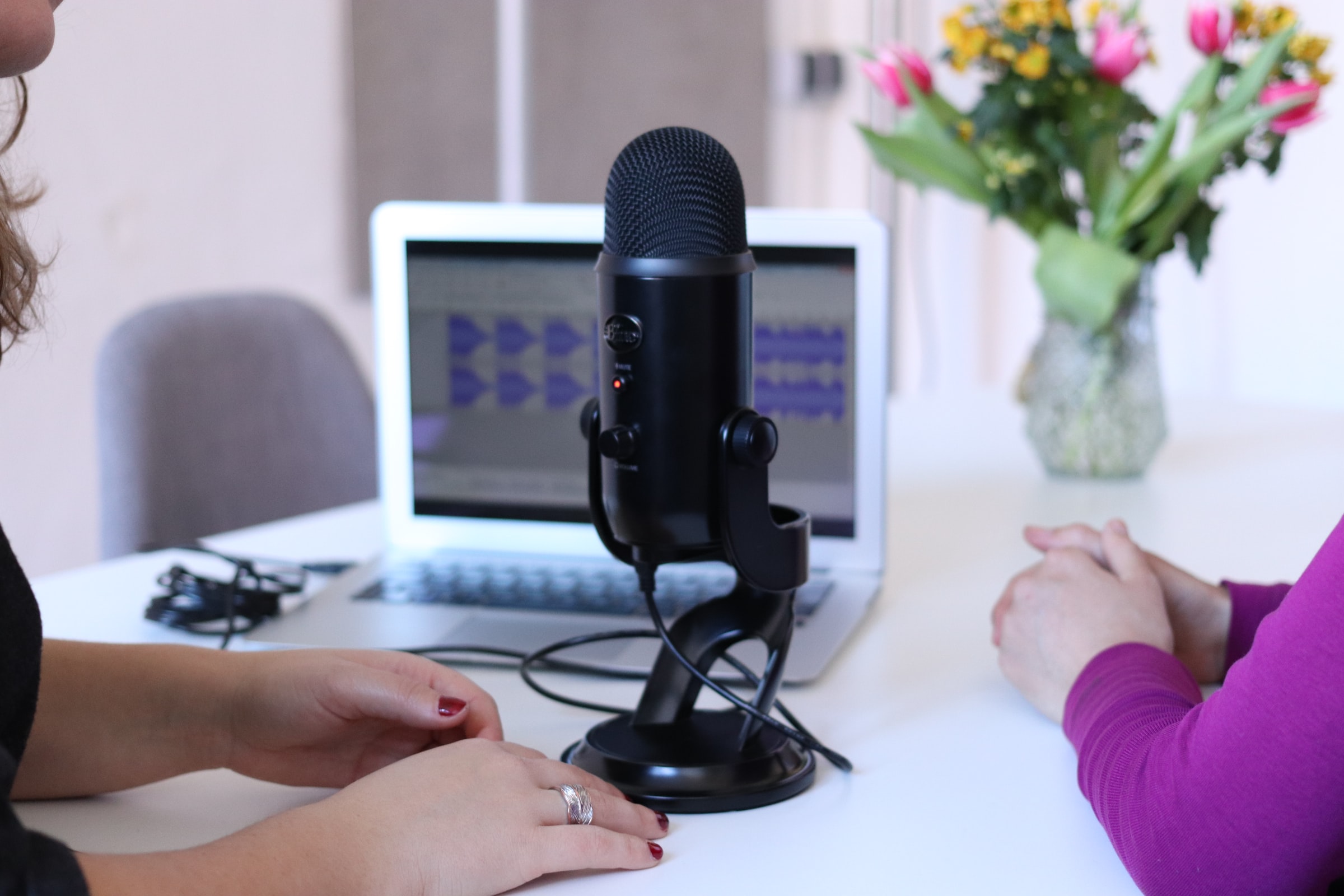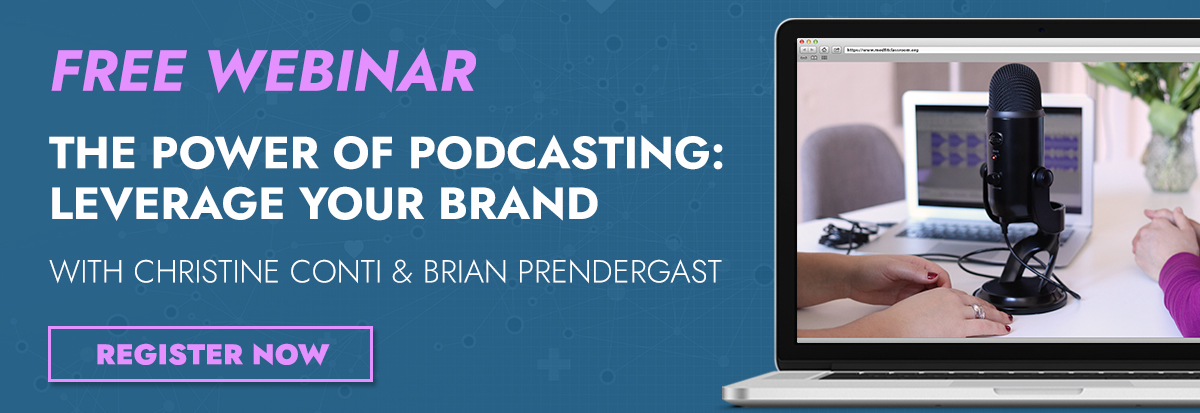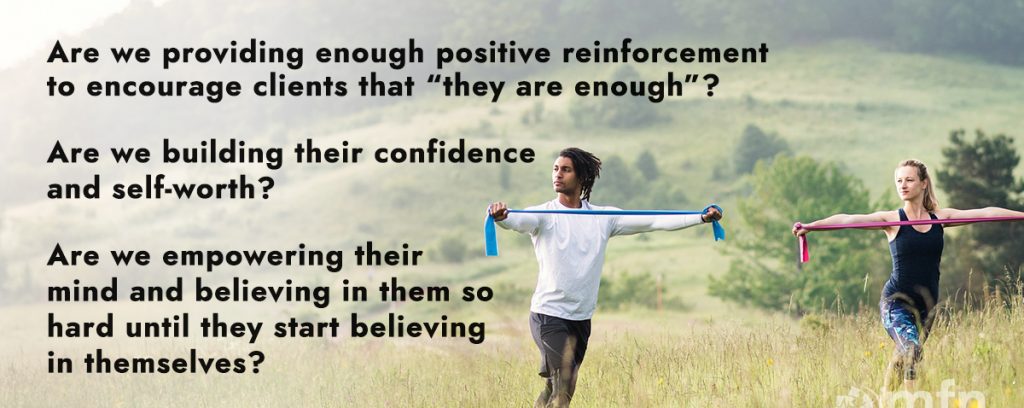Fall Prevention: It’s Not Just Physical!
As a fitness professional or caregiver, what are you doing to help reduce the risk for falls? You may be reinforcing the importance of exercises that promote strength, balance, flexibility, and mobility, but are you aware that decreasing fall risk requires a multi-pronged approach? It’s time to reimagine what we know about reducing falls to better serve our clients of all ages and fitness levels.
Are you aware of these crucial fall risks and are you infusing these fall prevention best practices?
1. Proprioception
What is proprioception? Proprioception is the ability of your muscles and joints to determine where they are in space. The proprioceptive nerve endings in the body provide us with the information of where our hands, arms, and legs are in space without having to look at them. 1
Proprioception results from sensory receptors in your nervous system and body. Most of these receptors are located in your muscles, joints, and tendons, and when you move, the
receptors send detailed messages to your brain about your positions and actions. Your brain processes these messages and works with your vision, nervous system, and vestibular system to create your perception of where your body is and how you’re moving.2
As a fitness professional, it is important to address coordination and balance issues through various modalities when designing a movement session. For example, incorporating proprioception specific movements will not only reduce muscle deterioration, but also reduce risk of injuries from falls.
Have you tried these?
- Tai chi or Vinyasa Flow Yoga can boost proprioception in the legs
- Seated or Standing Core exercises to increase balance
- Pushing & Pulling (compresses & stretches nerve endings) to increase stability
- Self-hugging and releasing, squeezing playdough or touching fingers together for body awareness
- Stack objects like books and practice carrying them from one place to another
- Eyes Closed Prompted Movements: “Touch Left Elbow with Right Pointer Finger”
2. Brain Health
“In older people who had no signs of disease that would make them prone to falls, higher levels of activity in the front of the brain, called the prefrontal cortex, were associated with a higher risk of falls later in life.” 3 The prefrontal cortex, the area of the brain where goal setting and decision-making takes place, is just one part of the brain that has been linked to fall risk.
These exercises help to light up the prefrontal cortex and other parts of the brain responsible for improving reaction time, coordination and balance.
- Dual-Tasking
- Add questions or engage in conversation
- Listen to Music with or without words
- Tell stories and ask comprehension questions
- Play “Alphabet” or various memory games
- Number exercises and call out numbers
- ie. Right punch #1, Left punch #2, Right Kick #3, Left Kick #4
3. Hydration/Nutrition
In a 2015-2018 study by the CDC, “US adults drank an average of 44 ounces” of water, well below the recommended amount of fluid intake for a day. 4 As a fitness professional, being aware of the risk for dehydration is the first step to averting it. While dehydration can have serious mental and physical consequences, it is important to know that it is both preventable and treatable.
Many people, especially seniors, resist drinking a lot of water because they worry about falling if they have to take frequent trips to the bathroom. In fact, dehydration may even occur due to the fear of falling if they worry about getting up multiple times at night.. Whatever the
reason, having an ongoing conversation about hydration should be built into your daily programming.5 You have the ability to ease their fears about increasing hydration to reduce falls.
Are you asking these questions?
- How many glasses of water did you drink today? Are you also drinking electrolytes?
- Do you frequently feel thirsty throughout the day? When?
- What other foods are you eating that contain mostly water? Fruits? Vegetables?
- Are you keeping a water bottle or glass of water near you throughout the day?
- What concerns you about adding more water to your daily routine? Falls? Why?
- Can you add more fruits and vegetables to your diet so you stay hydrated longer?
4. Environmental
Perhaps one of the most important, and oftentimes overlooked, fall prevention best practice is analyzing one’s physical environment.6 Reminding clients about the hidden dangers and fall risks present in and around their home may significantly reduce fall risk and prevent life-threatening injuries. Creating an inventory of common environmental risks is a great start!
Are you constantly asking them about their environment and how to make it more safe?
- What kinds of routine activities do you perform every day?
- Do you walk to the bathroom at night or rush to answer a phone call?
- Are there obstacles on the ground within the home environment?
- Pets? Small tables? Plants? Boxes? Shoes?
- Is their adequate lighting throughout your home?
- Nightlights? Hallways? Stairways? Outdoors?
- Are the floors and/or floor coverings slippery or could snag?
- Slick Flooring? Throw rugs? Thresholds?
In summary, knowledge is power and consistency is key when it comes to fall prevention. While it is paramount to create safe and effective cardiovascular, strength, balance and flexibility programs, it is equally important to address factors such as proprioception, brain health, hydration and environment? The time is now to educate yourself to best help “fall proof” your clients!
Christine M. Conti, M.Ed, BA is and international fitness educator and presenter. She currently sits on the MedFit Education Advisory Board and has been nominated to be the 2020 MedFit Network Professional of the Year. She is the author of the MedFit Classroom Arthritis Fitness Specialist Course and is the CEO and founder of ContiFit.com and Let’s FACE It Together™ Facial Fitness & Rehabilitation. Christine is also the co-host of Two Fit Crazies & A Microphone Podcast and the co-owner of TFC Podcast Production Co. She is also the best-selling author of SPLIT-SECOND COURAGE.
References
- “What is Proprioception?” Your Therapy Source. 22, August 2022. What is proprioception? – Your Therapy Source
- Brennan, Dan, MD. “What is Proprioception?” 27, November, 2021. Proprioception: What It Is, Disorder, Symptoms, and More (webmd.com)
- “Brain Activity May Predict Risk of Falls in Older People.” American Academy of Neurology. 7. December, 2016. 26. August, 2022. Brain Activity May Predict Risk of Falls in Older People (aan.com)
- “Get the Facts: Data and Research on Water Consumption.” Center For Disease Control. 7. June, 2022. Get the Facts: Data and Research on Water Consumption | Nutrition | CDC
- “Dehydration in Elderly People: Risks, Warming Signs, and Prevention Tips,” Great Senior Living. 7, June, 2021. Dehydration in Elderly People: Risks, Signs & Prevention (greatseniorliving.com)
- Buxton, William G., MD. “Fall Prevention & Balance Treatment.” Pacific Brain Health Center. 22 December, 2021. Fall Prevention & Balance Treatment | Pacific Brain Health Center


